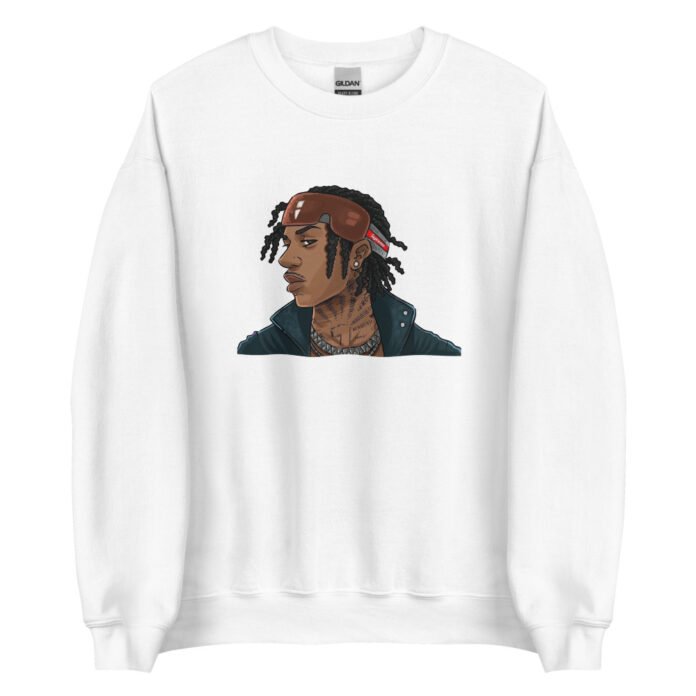Planning to gift a customized t-shirt for your best friend’s birthday? Designing caps with your employees’ names etched onto them? Be it any merch-related need, screen printing is usually how it is executed. Screen printing can be quite an interesting process, and their accuracy makes them popular. There are numerous screen printing services that can offer exactly what you are looking for, but before that, let’s go behind the screens (pun intended) first.
Here’s how screen printing is carried out:
#1 Create the Design
Table of Contents
The first and foremost step in the process is printing the design you want on a transparent acetate film. This is then used to create the stencil. This is the first step in the process that kick starts the screen printing journey, so it is necessary to get it right.
#2 The Screen is Prepared
The printer must then select the appropriate kind of mesh screen suited to the stylistics of the design as well as the texture of the fabrics used. The mesh screen will then be coated with light-reactive emulsion that will eventually harden as and when it is developed below the bright light.
#3 The Emulsion is Exposed
The acetate sheet that houses the design is then placed onto this emulsion coated mesh, and exposed to a bright light. The light hardens the emulsion to ensure no part of the screen covered by the design remains in a liquid state. If there happens to be more than one color in the design, a new screen is needed for each color and all of them have to be aligned with extreme precision by hand.
#4 The emulsion is Washed Off + the Stencil is Created
Once the stipulated time period has elapsed, the areas of the screen not covered by the design gradually become hard. Any bits of emulsion that is yet to harden will have to be rinsed away. This will create a clear imprint of the design on this screen for the ink to pass through.
#5 The Screen is Dried + Touch-Ups Done
Now, the screen will be fully dried. The printer then will have to make any corrections or touch-ups required. The preparation and use of the stencil follows suit.
#6 Items Prepared for Printing
Now, the screen will be placed on the printing press and then the items will be transferred further on the printing board, right below the screen.
#7 Inking and Squeegee
The screen is finally lowered onto the printing board, and ink is added to the top. A squeegee is utilized to pull the ink across the screen’s full length. This step pushes the ink through all the open areas in the stencil, causing the design to be perfectly imprinted onto the product. If there are bulk items, this process is then repeated. Once finished, the emulsion is removed with washing fluid. You can reuse the mesh to create new stencils.
#8 Dry, Check, and Finish
The final stage involves the printed garment or the product passing through a dryer. This is done to cure the ink and ascertain a smooth finish. The final product is then quality checked and washed to remove remaining residues.
That’s all there is to the screen printing process. If you want to understand the process a little better, approach your nearest screen printing service provider!


